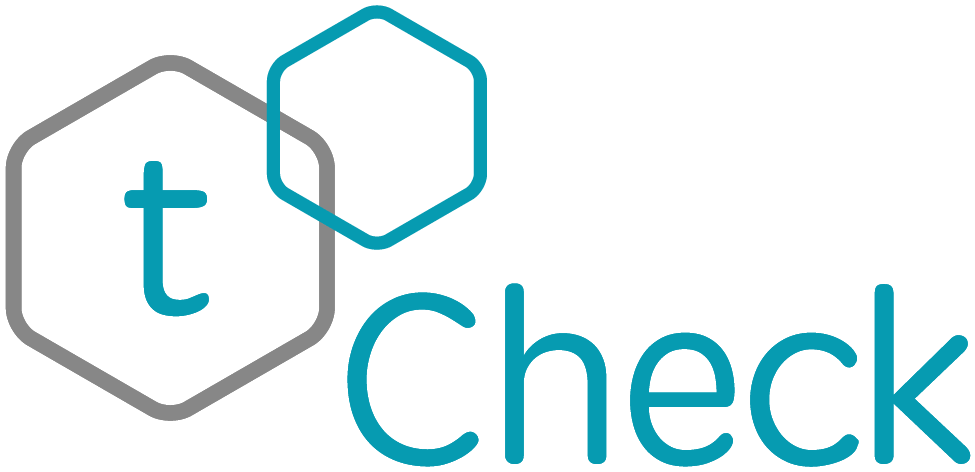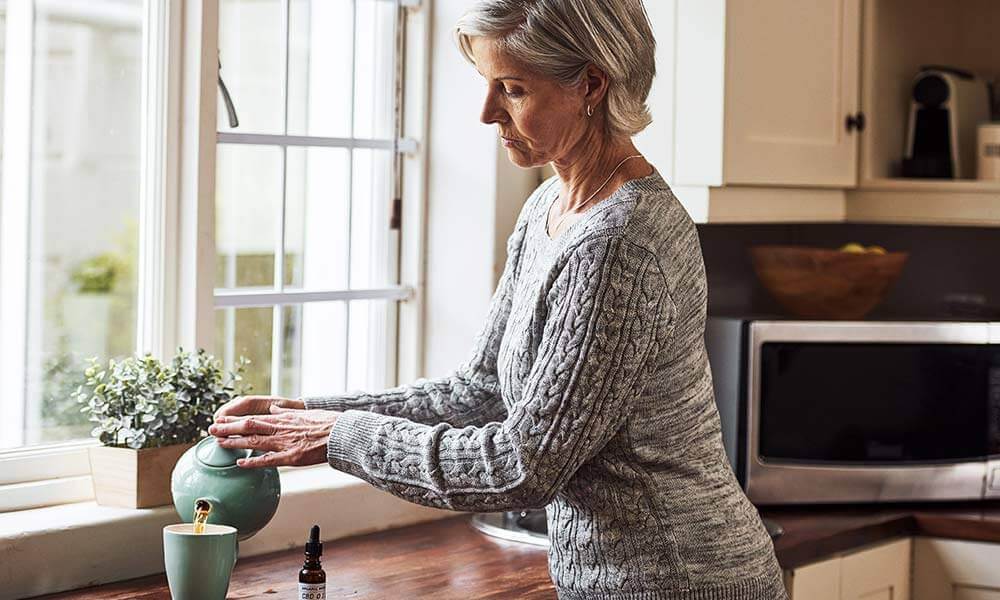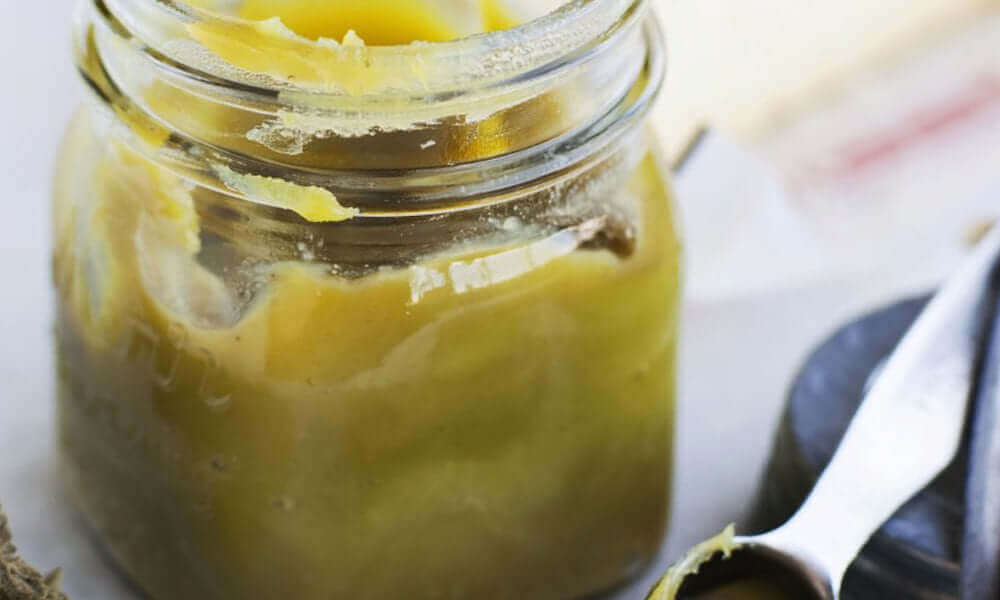Cannabidiol (CBD) has made a big name for itself in only a few short years. It rose from relative obscurity to become a household product, and it did so seemingly overnight. Everyone is talking about it, and many are also trying it for medicinal applications. It’s growing popularity has gradually led to better a social and political climate for all things cannabis-related.
With so much excitement about CBD, it’s worth reading up on it. How do you know where to source quality CBD products? Are there differences between hemp-sourced CBD and CBD-rich strains of marijuana? Are any of the health claims true?
Here I’ll cover the hot button issues, like finding reputable sources of CBD, how to to test for CBD and a quick review of the health claims.
Where to source reputable and high-quality CBD

It’s not hard to find CBD these days. Sales are expected to reach $1.3 billion by 2022, and the market is saturated. Depending on where you live, you may already see CBD products at your local health food store or soon, at national grocery stores like Kroger. Because there are so many brands, little regulation, and a ton of conflicting information about CBD — it can be overwhelming to know where to start.
There are two sources of CBD: industrial hemp and CBD-rich strains of marijuana. The difference between the two basically comes down to a game of legal semantics. Technically both hemp and marijuana are strains of the cannabis plant, but one is legal federally, and one is not. For the sake of this article, we’ll use the term hemp to describe products with under 0.3 percent THC (legal), and marijuana to describe anything over 0.3 percent THC (illegal at the federal level).
Industrial hemp contains less than 0.3 percent THC, and is legal to grow, sell, and process provided it’s from a certified cultivator. There are few certified growers in the US, although this is expected to change over the coming years. Typically, hemp has been imported to feed the CBD industry thus far.
There are also CBD-rich strains of marijuana, which are still Schedule I at the federal level, but increasingly legal at the state level. This variety may have more significant cannabinoid profiles, including higher levels of THC.
Is one CBD source better than the other? There are many opinions, but few scientifically proven answers. Do a little research to find out where the product was grown and processed? How was it extracted?
Keep in mind industrial hemp might not always be produced in conditions suitable for a product destined for human consumption. Who is the company behind the product, and do they source organic, high-quality plant material?
No matter what brand you settle on, look for a valid Certificate of Analysis (COA) from an ISO-accredited lab. Confirm the batch number on the CBD matches the COA. Knowing CBD potency is important, but so too is knowing about pesticides, heavy metals, and other contaminants — all of which should be reported on the COA.
Based on a recent spew of labeling discrepancies and scandals related to low quality CBD, you may also want to check the results against a tCheck test. If testing CBD isolates or concentrate, you’ll want to use the tCheck Expansion Kit.
What are the benefits of CBD?

Everyone and their dog (literally) are using CBD to treat a wide variety of conditions, but often they are doing so without robust clinical research to back it up. Cannabis research is lagging behind widespread use of the plant, and that includes CBD. We know a lot of enticing preliminary research, but most of it is from Petri dishes and animal studies.
What do we know so far? CBD is thought to be safe to use in most applications and has a better safety profile than conventional pharmaceuticals. It is non-intoxicating, non-addictive, and well tolerated, even at high doses.
We also know that it’s useful for the treatment of pediatric epilepsy. The Food and Drug Administration (FDA) recently approved the first-ever cannabis-derived pharmaceutical containing CBD in the US. Again, this is an application reported by patients long before there was scientific support for it.
There is also a significant amount of study into CBD’s anti-inflammatory, anti-anxiety, pain-relieving, and cancer-fighting characteristics. While most of this research lingers in preliminary phases of study, the pace of the research has exploded in recent years. We are bound to see some conclusions soon.
Using tCheck to test for CBD
To get an accurate reading on CBD, we recommend using a trusted source of CBD isolate, infused into the base of your choice. If you are looking to get the entourage effect from a full or broad spectrum infusion, using an isolate to get to the proper strength — supplemented with CBD isolate or flower infusion is the best way to go. However testing after adding the CBD flower infusion will change results, so it’s best to test only after using the isolates.
If you are seeking high-precision tests results, we suggest relying on CBD isolates for home-made infusions, because tCheck reads crystalline compounds quite clearly. Just be aware that many companies are using the term “full spectrum hemp oil” for products made from hemp seeds, and these typically do not contain a therapeutic dose of CBD, so choose wisely.
What to make from CBD-rich flower and extracts
Making infusions at home puts you in complete control over the final product. Full-spectrum whole plant extracts contain a broad spectrum of compounds, including low levels of other cannabinoids, terpenes, and flavonoids. These extracts are great additions to strongly flavored dishes, especially if you don’t particularly love the earthy taste.
If you are using a CBD isolate, you can make virtually anything. Isolates are naturally odorless, flavorless, and potent. The sky’s the limit when it comes to incorporating isolates into your favorite foods, from baked goods to smoothies to sauces and more. If you can dream it up, you can incorporate CBD isolate into it.
With all the media attention around the CBD, it is easy to get carried away with the hype. Likely, over the coming years, we’ll have a much better idea about the medical benefits of CBD, and the best ways to reap those benefits. Hopefully, there will be better guidelines and regulations over the industry from seed to sale — to help manage the flood of low quality and poorly labeled products currently hitting the market.
The CBD marketplace right now is a bit like the wild, wild, west. tCheck helps consumers take back control of their medicine, to confirm potency and accuracy of labeling. If you can trust the label, you can trust the product.





